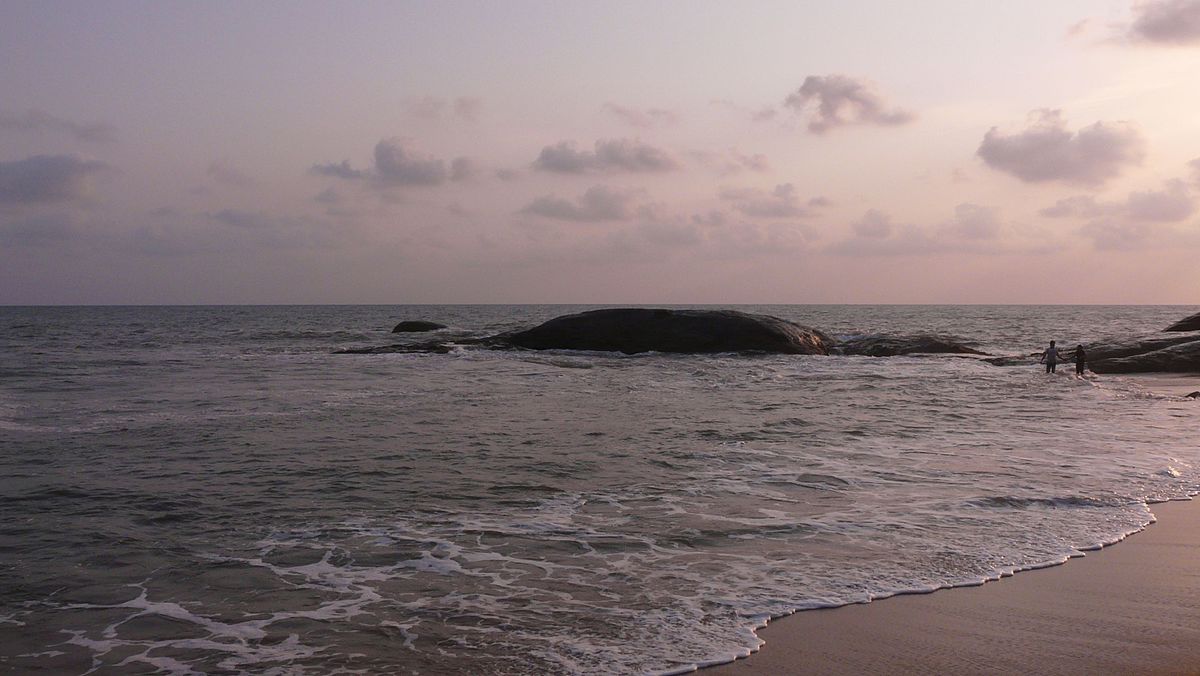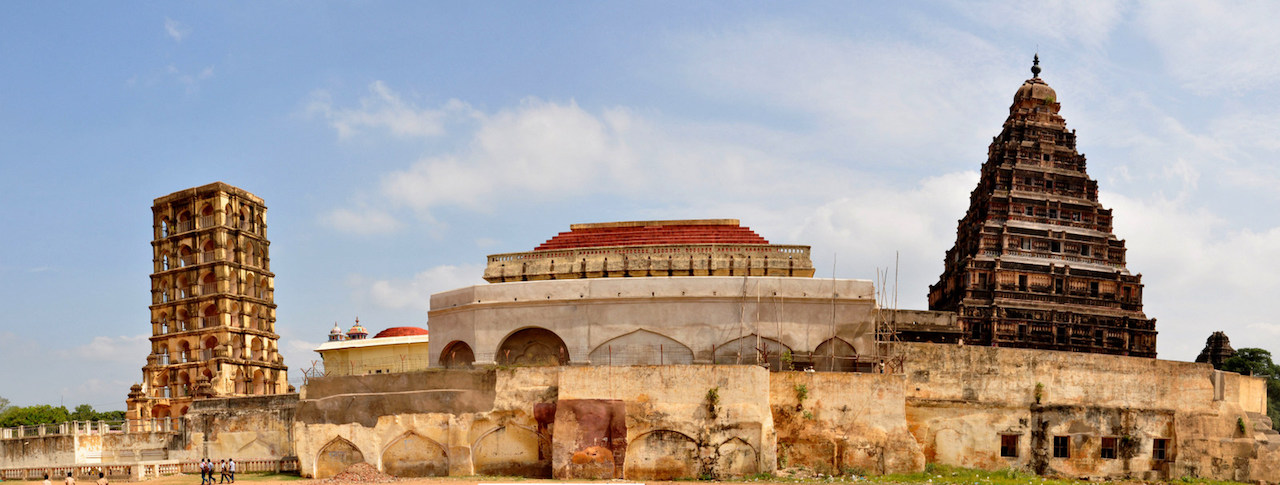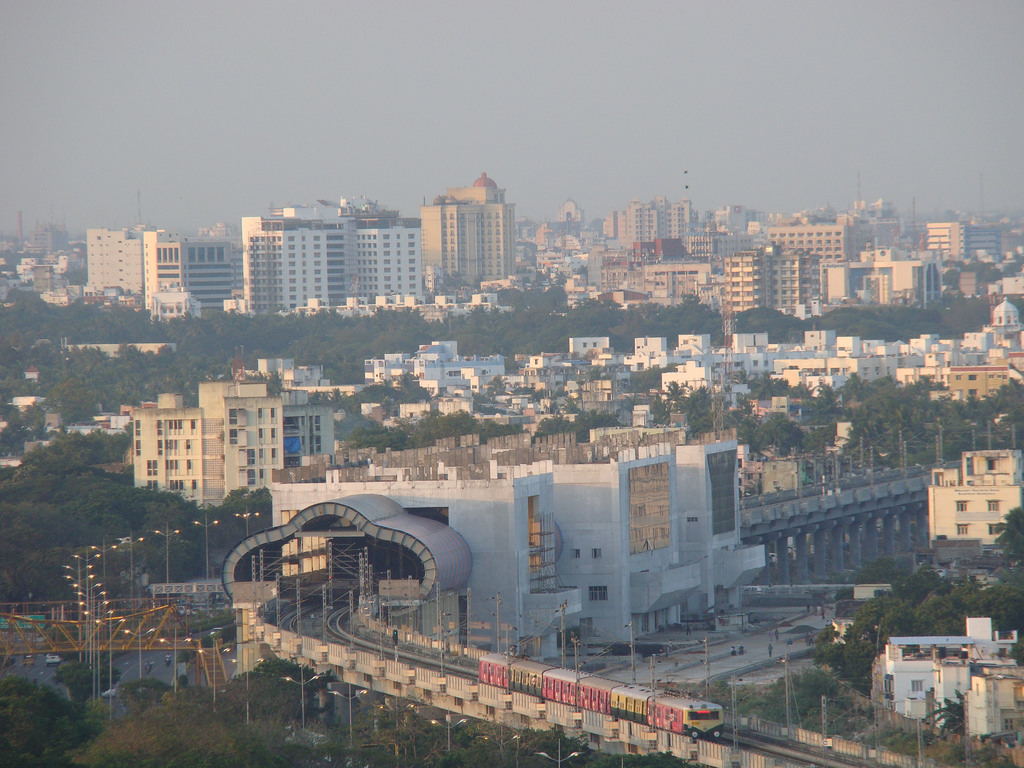Besides innumerable temples, scenic landscapes and delectable cuisine, Dakshina Karnataka or South Canara, is popular for its spectacular coastline and beaches. Some of the more popular beaches you should not miss when in the zone are:
Someshawara Beach:
Situated around nine kilometres to the south of Mangalore, Someshwara Beach is renowned for the large rocks termed ‘RudraShile’. Swimming in this beach is avoidable as the waves are fierce but the sea breeze and the sight of the blue sea make for an unforgettable experience.
Ullal Beach:
At a distance of about 12 kilometres from Mangalore, the picturesque Ullal Beach has a lovely stretch of coconut trees, casuarinas groves and a fishermen’s lane. The blue and green waters is ideal for swimming and playing in the waves. Water sports can also be indulged in.
Panambur Beach:
Around 13 kilometres from Mangalore, Panambur Beach is named after the trading port nearby as trade means ‘Panam’ or money. The beach is adjacent to the Gurupu River and is one of the cleanest and well maintained beaches of the coast. The beach is a favourite with children because of camel rides and carnivals besides boat rides. Contests like kite flying and sand sculpturing are held during the kite season.
Surathkal Beach:
This beach is around 20 kilometres from Mangalore. Another well maintained beach, an attraction that stands out here is the lighthouse erected on a rocky hillock.
Sasihithlu Beach:
Known for its scenic beauty Sasihithlu Beach is around 22 kilometres from Mangalore. With its pristine sands and the spectacular sight of the island ‘Munda’ which is surrounded by two rivers, Shambhave and Nandini on one side and the Arabian Sea on the other, this Beach is a fine example of Nature’s bounty.
Kaup Beach:
One among the major beaches in the Mangalore-Udupi stretch, this beach has golden sands. This is another beach with a lighthouse. Tourists flock to the lighthouse for the views of the sea and surrounding areas from the top and are feel mesmerized by them.
Malpe Beach:
With three rocky islands and green palm trees, this beach seems endless. Many activities like boating, fishing and sea surfing are also featured to attract tourists.



